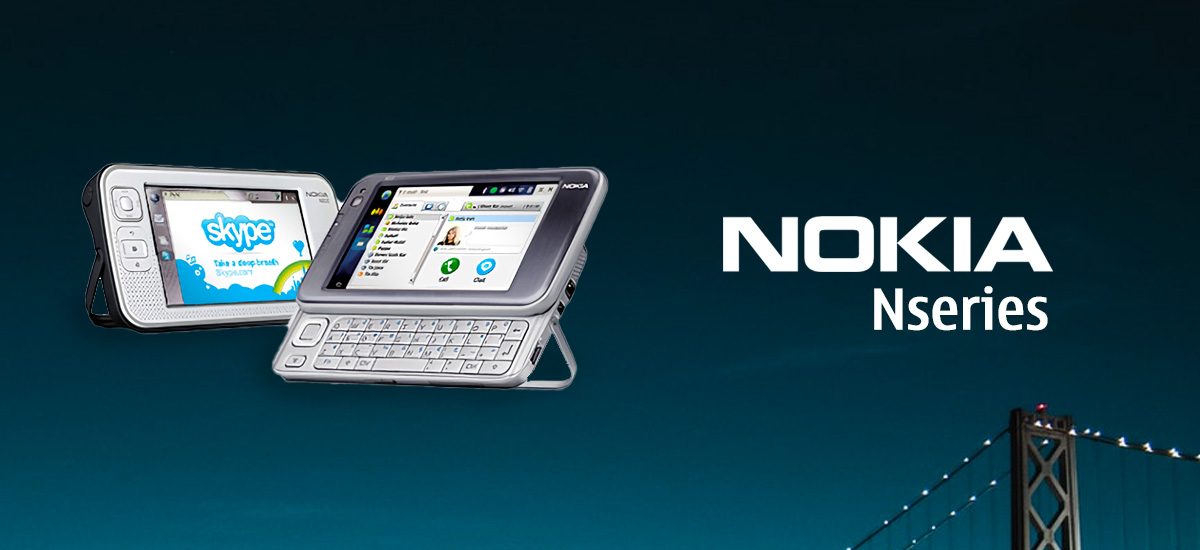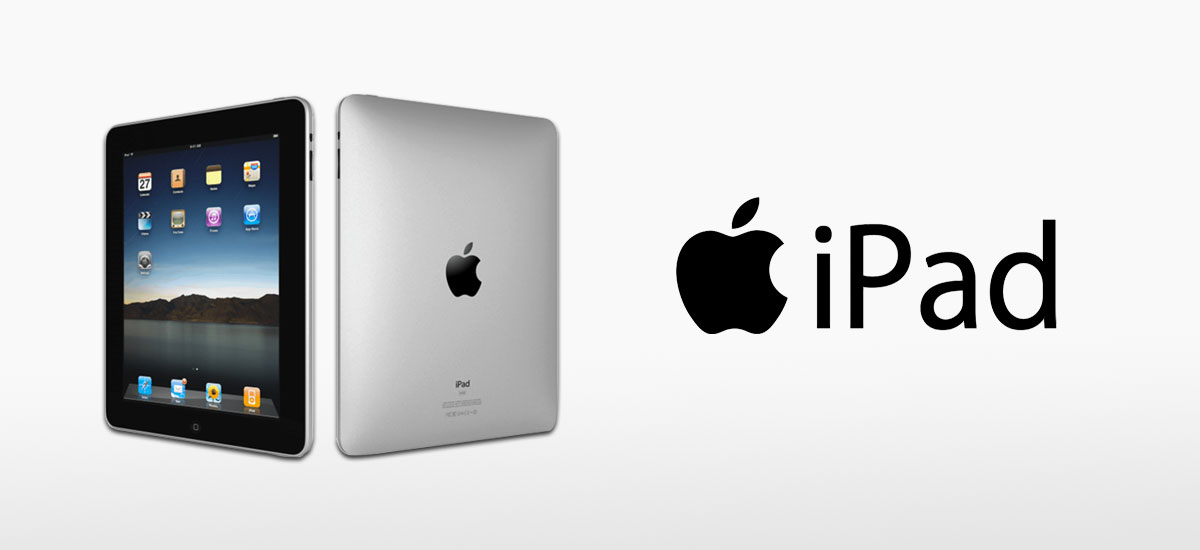Tablets before the iPad were terrible. Nokia's Internet Devices, Windows Tablets, and Android Tablets were unresponsive, slow and utter failures.
There are many who argue what would would have come of the 'Tablet world' if the iPad wasn't released. Would Netbooks have continued to be used? Would Windows Tablets or perhaps even Nokia's Maemo Tablets have taken the place of the iPad today?
The answer is.... not really.
Nokia's Confused Tablets
Although many of tablet offerings of the time were functional and had their uses, they were simply not in the same league as the iPad. The Nokia N810 was the company’s last “Internet Device”. Released in 2007, it came with a 4.1 inch resistive touch screen, slid-out keyboard and an interface that was incredibly complicated and difficult to use. This difficulty was further compounded by the fact that Nokia's Tablet OS (Maemo) was not the same as Nokia’s Phone OS (Symbian). This was due to Nokia forcing its internal OS departments to compete for funding, causing Maemo and Symbian IT engineers not working together, to the detriment of the consumer. The result was two completely different operating systems that confused consumers, split Nokia's priorities and soiled any attempt in creating a uniform eco-system. In fact, both teams were so independent that the OS' were based on different 'source codes' with Maemo built from the ground up using Linux and Symbian based on their tried-and-true, 90s' era EPOC OS.
Windows' Stupid Tablets & Netbooks
Windows Tablets and Netbooks of the period were equally terrible. Windows Netbooks were deigned from the beginning to be low cost, mass market devices that were meant to web browse and use Microsoft office. Unfortunately, the netbooks in general were grossly underpowered and struggled to perform even the most basic of tasks, leading to a user experience of frustration and aggravation.
The Windows Tablets of the period were also of a poor quality. As Windows didn’t support capacitive touch screens, they were resistive touch screens that were highly reflective and easily scratched. The latter being particuarly bothersome, considering the only way to operate them was through a pointy stylus or the end of a sharp fingernail. To make matters worst, Windows would only start caring about tablet functionality with Windows 8, more than two years after the iPad's release, and 12 years after the first Windows tablet was released. As a result, the OS on these tablets was terrible, icons were very small and required a stylus to use properly, and that bloody keyboard which you needed to manually open everytime you wanted to type something! This wasn't an OS that didn't cater for touch screen use, but one that actively railied against it. For example Internet Explorer in Windows XP had no venue for pinch and zoom, nor did it have the ability to pan around pages with a finger. Windows Tablets also had a further caveat as unlike Netbooks of the period, Windows tablets were extremely expensive and delivered terrible battery life, requiring fans to keep processors cool and a hard drive that screamed when the machine was brought to life. The Machines were also very heavy. For example, the 2004 HP Compaq TC1100 weighed as much as three iPads. These ‘Tablets’ (if you can call them that) were merely Laptops of the period with the screens welded onto a laptop or netbook bottom.
With poor Windows tablet sales, Microsoft decided there was no future in the tablet market, believing it to be a weird purgatory between laptops and desktops that no one actually wanted.
Android's Failed Goldilocks Tablets
Android tablets of the period were experimental at best, manufacturers like Archos released the Archos 5. It was released in 2008 and was merely an Android phone with a larger than average display. The screen was resistive, highly reflective and Android remained almost unchanged from its mobile counterparts, failing to take advantage of the larger screen and failing to differentiate itself from its mobile counterpart. CNET generously considered the product as a competitor to the iPod touch. Unfortunately, the iPod had a better user interface, was cheaper, and had a greater App Library when compared to the Archos. The Archos sat in a no man’s land where it was too large to be a phone or iPod replacement yet it was too small to really be a tablet.
The King of Tablets: Apple's iPad
Then the iPad came out on the 3rd of April 2010. It was thinner, lighter, faster and better equiped than the competition. Although the device was more expensive than contemporary Netbooks of the period it was cheaper than the windows tablets of the period. The user interface, capacitive touch screen and ease of use made the device an instant hit and led the iPad to be the Market leader of the Tablet world then up until today.










Write a comment
Post a Comment